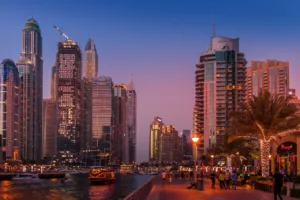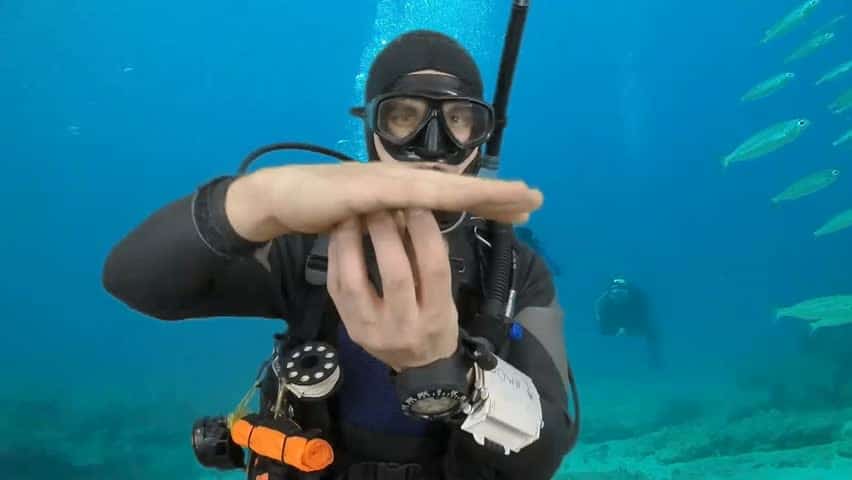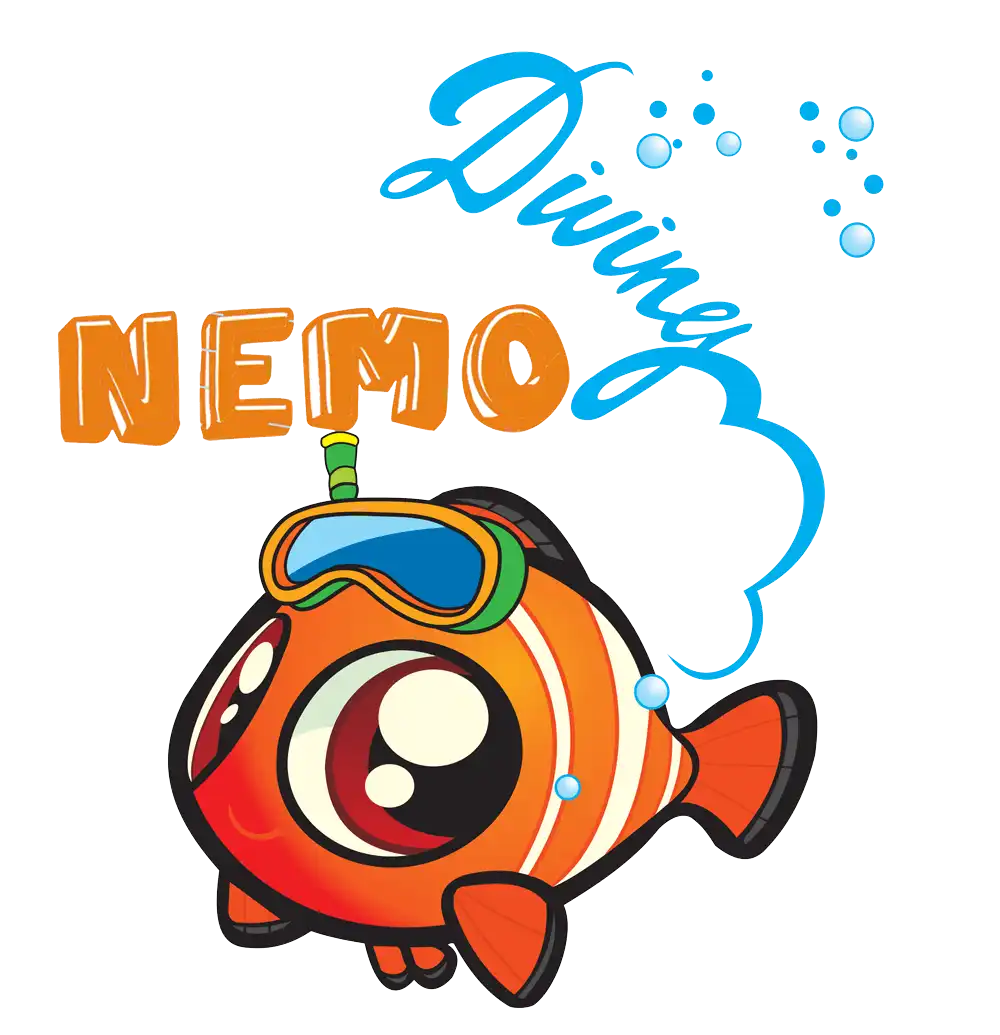
A safety stop is an important 3-minute stop that you should do at 15 feet/5 meters when making your final ascent to the surface, particularly for dives below 60 feet/18 meters.
Each time you dive, you accumulate nitrogen in your blood and tissues when breathing compressed air. The deeper you go and the longer you stay underwater, the more your body absorbs nitrogen. When you make your way up to shallow water, the excess nitrogen begins to dissolve from your body which decreases the pressure of air imposed by the surrounding water.
When you ascend too quickly, it results in a rapid reduction of pressure and nitrogen gets washed quickly. The excessive pressure differential causes the formation of nitrogen bubbles in your tissues and blood vessels. It’s dangerous when these bubbles get trapped in your body because it can lead to a condition called Decompression Sickness or “the bends”.
Recommended safety stops were introduced in diving to give your body time to discharge the absorbed nitrogen before going back to the surface. It was added in the 1984 edition of the PADI Open Water Manual but it was opened to a wider audience in 1988 with the release of the Recreational Dive Planner. Through the years, the safety stop has become a common practice employed by PADI and other big dive training agencies.

During your Open Water Diver certification, you learned about dive tables and the significance of no-decompression limit (NDL) and remaining pressure groups. When you refer to your dive table and the NDL for any given depth, you’ll see that when you reach a time of 5 minutes prior to NDL, the suggested safety stop becomes an obligatory safety stop. By following the recommended and mandatory stops, you can protect yourself and your dive buddy from health hazards like Decompression Sickness.
Making a safety stop is highly recommended at the end of each dive but it becomes mandatory in the following conditions:
In the following situations, you may have to complete a longer safety stop than the normal practice:
Diving is an exciting and rewarding sport but you should always prioritize your personal safety when indulging in this activity. At Nemo Diving Center, we always follow safety protocols like making a safety stop to protect you from health hazards and ensure that you have a fun and safe diving experience.
Experiences
Find the perfect escape
© 2024 NEMO DIVING CENTER
Scuba diving is an exciting and adventurous water sport that offers a chance to explore the beauty of the underwater world and its amazing marine life. The UAE, particularly Dubai, is one of the most popular destinations for scuba diving, attracting divers from all over the world. With its crystal clear waters and diverse marine life, scuba diving in Dubai offers a unique and unforgettable experience.
The cost of scuba diving in Dubai varies depending on the dive center you choose and the type of dive you opt for. On average, a single dive can cost anywhere from AED 250 to AED 550, with the average price for a single dive being around AED 350. This price usually includes all the necessary equipment, such as the dive tank, regulator, and wetsuit, as well as the services of a professional dive guide. At Nemo Diving Center, We offer a wide range of diving packages to suit every budget and experience level.
Diving in Dubai is an incredible experience, and the UAE is home to many dive sites teeming with amazing marine life including colorful soft and hard corals, sea turtles, stingrays, manta rays, moray eels, cuttlefish, octopus, nudibranchs, seahorses, and a plethora of fish species. It is also noted for its incredible dive wrecks that have become rich artificial reefs. These dive sites offer a unique and exciting diving experience, providing a chance to explore sunken ships and other structures that have become havens for marine life.
Come and explore the unique underwater world of Palm Jumeriah in Dubai and incredible dive sites in Fujairah such as Dibba Rock, Sharm Rock, Martini Rock, Snoopy Island, and more. At Nemo Diving Center, we offer dive trips to these amazing dive sites, allowing divers to discover the incredible marine life that has made the wreck its home. We also offer a wide range of other dive sites to choose from, including shallow coral reefs, deep wrecks, and drift dives, providing something for every level of diver.
In conclusion, scuba diving in Dubai offers an unforgettable experience for all levels of diver. With its clear waters, diverse marine life, and incredible dive sites, Dubai is a must-visit destination for any scuba diver. Whether you’re a beginner or an experienced diver, our team at Nemo Diving Center will ensure that you have an amazing time exploring the beauty of the underwater world.
Click one of our contacts below to chat on WhatsApp
Social Chat is free, download and try it now here!
